Owls Head famously ends up at or near the very end of everyone's pursuit of the White Mountain 4,000 Footers. This is probably because of a combination of the long distance, a "herd path" instead of a trail, total lack of cell coverage and only fleeting views. However, as most who've hiked it will say, it really isn't that bad and most of the hike is quite enjoyable.
 |
| The view from the bridge over Pemigewasset Brook is one of the only views you get on the hike |
At this point, the subject of hiking Owl's Head in New Hampshire is probably the most over-written, over-blogged, over-mapped and over-discussed subject in the entire canon of resources on White Mountain Hiking. It is doubtful that I could contribute anything new to the tired subject of it, but no New England Hiking Blog would be complete without at least one post on Owls Head.
If, by chance, this is your first time hearing about this mountain, then allow me to have the honor of enlightening you. Owl's Head is the given name of a mountain that rises in the center of the Pemigewasset Wilderness of New Hampshire and at 4,025ft, it is one of the
White Mountain 4,000-Footers. The name itself is a bit of a misnomer,
as summitpost points out- the actual "Owl's Head" is a feature on the southern slope of the summit and the real summit is unnamed. What makes it so famous is that for those wanting to complete the 4,000-footers list, it is the longest hike of them all and it is officially trail-less (but a well-established herd path reaches the summit). Additionally, the true summit was only discovered in 2005 which adds to its wilderness allure. However, AMC old-timers will tell you that way-back-when, the Hancocks and the Bonds were actually even more difficult to get to than Owl's Head before serious trailwork was completed.
Again, there is likely nothing new I can contribute to the subject, but if by chance this post is graced by the SEO gods of google, then perhaps I can help dispel some mystery around the summit.
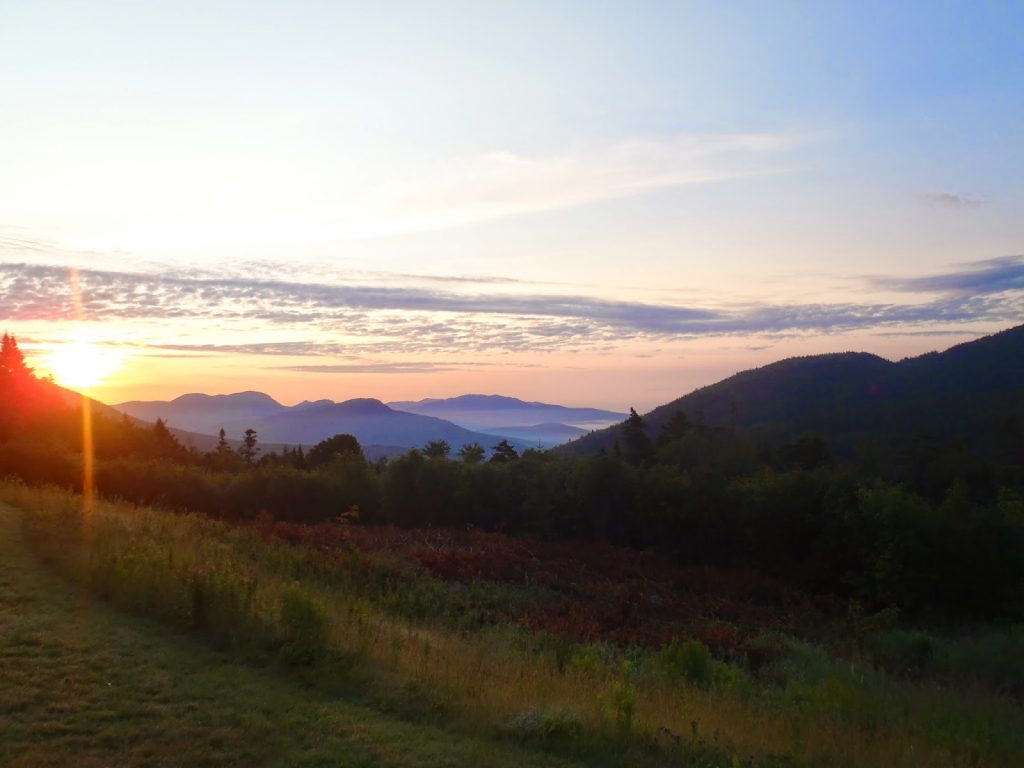 |
| Another problem with Owl's Head, the best view is actually from the drive up, not the hike! |
Here's my summation of Owl's Head, based on my experiences and a completely unscientific survey of those I've encountered in the past who've hiked it as well as those I met on the trail-
- The distance is long, but the trails are excellent: Although it is about 18.5 miles in length, this distance is somewhat mitigated by the fact that the trails are in phenomenal shape. Remember all those joint-destroying rocks in the Presidentials, Wildcats and Carters? Its as smooth of sailing as it gets for the majority of the hike. I can't stress this enough. On tough trails, I'm lucky if I average 1.5 miles per hour. I averaged between 2.5-3.5 miles per hour on the trail part and was able to complete the slide in 2 hours.
- It isn't trail-less: The herd path is as well marked as any trail in the Whites. Everyone who's ever hiked Owl's Head will tell you this. Putting Owl's Head in the bushwhack column (or for that matter Redington) which also includes other legitimate and vicious bushwhacks in the New England 100 Highest and Fifty Finest lists is questionable. Its not a bushwhack; it is a hike that is 90% trailed and 10% heading up an unmarked but very obvious trail.
- Just because there aren't views doesn't mean it isn't enjoyable: True, you won't get the views you had on nearly every other summit in the Pemi, Presidentials or Kinsman Range, but hiking through the totally wild Pemigewasset Wilderness is delightful. The forest is well preserved and you hike along wild rivers and brooks for the most part. You do get some fleeting views of Lafayette and company from the slide
- It can be done in a day: Some may look at the raw distance on Owl's Head and be tempted to backpack it. This would be a great backpacking trip but entirely unnecessary if you're doing it to cut down on the day's distance. Let's face it; you have probably hiked the Bonds, Isolation and the Wildcat traverse before finally doing Owls Head and if you can do those in a day, you can do this mountain in a day. For the record, I saw a family of four, several senior hikers and a half dozen dogs who also managed to hike it in one day.
So there's my $0.02. Here's my map which hopefully illustraits that the majority of the distance gains elevation at an imperceptible rate before the slide-
The actual turn-off for the final 1.1 miles to the summit of Owl's Head via the slide is well marked with a cairn and downed branches making an obvious path. The route up the slide is marked with cairns as well as an obvious well-trodden path. It is a hands-and-feet scramble for the most part (similar to the Tripyramid slides or Mt Coe slide for comparison).
Other than that, the last logistical side of hiking Owl's Head are the water crossings. There were 4 crossings of creeks that could potentially become dangerous in high water or during storms. This should be considered before you head off the trailhead. I crossed them without getting too wet but that was after 1 week of sun in late July. Consider the time of year and weather patterns before leaving.
Here's a few of my pictures to hopefully give you an idea what to expect-
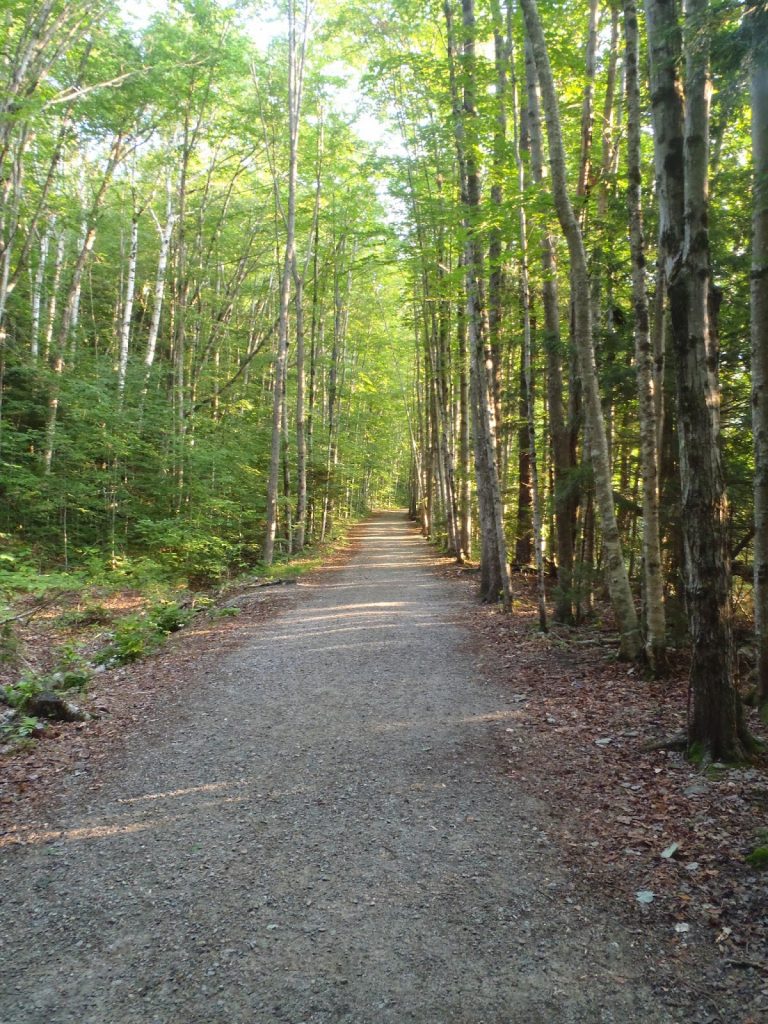 |
| See? This isn't the kind of trail you get hiking anywhere else in the Whites! |
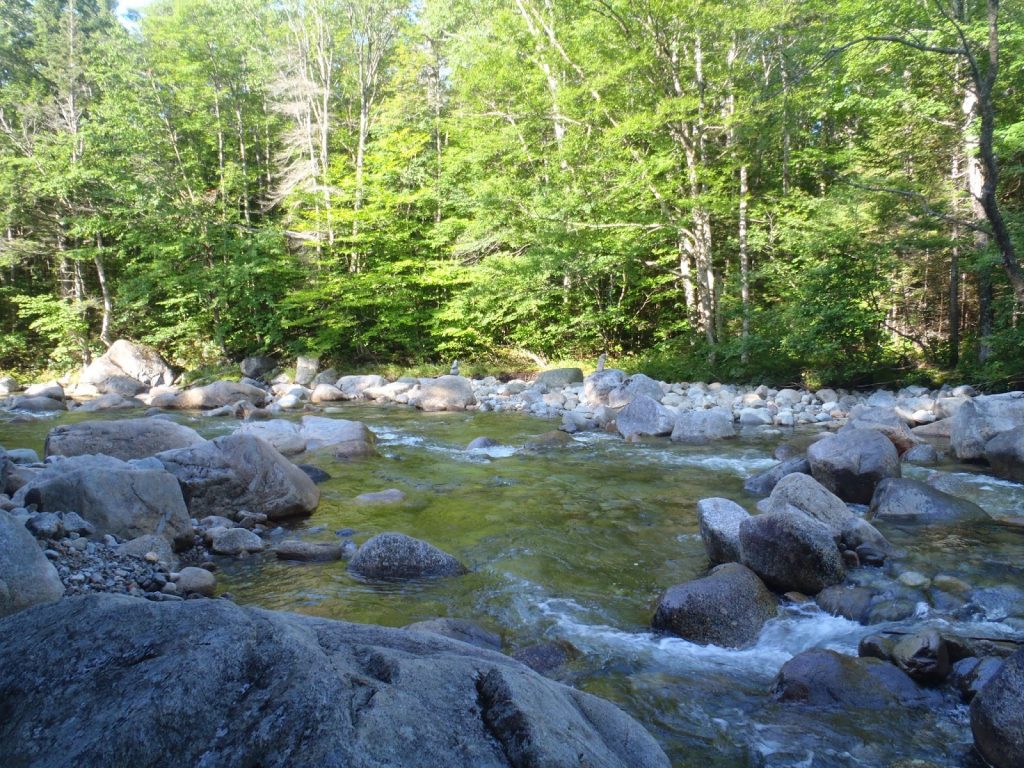 |
| Crossing the creek in July was nothing but in the spring or after a storm, this could be dangerous |
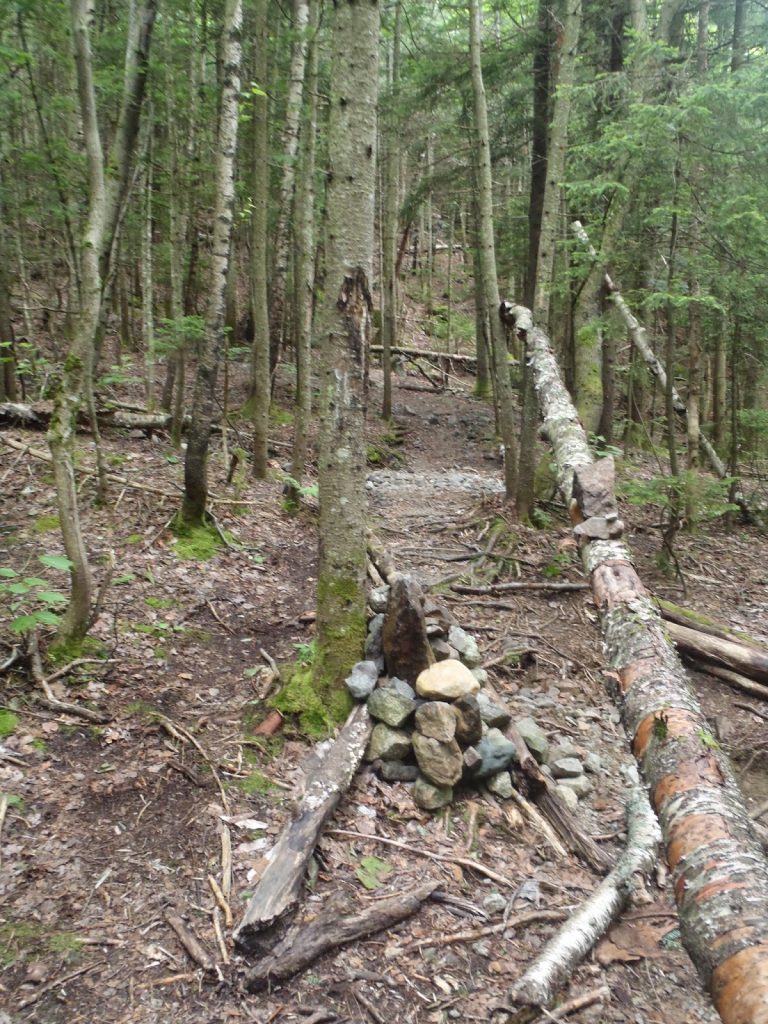 |
| Obvious cairn marking the Owl's Head Slide |
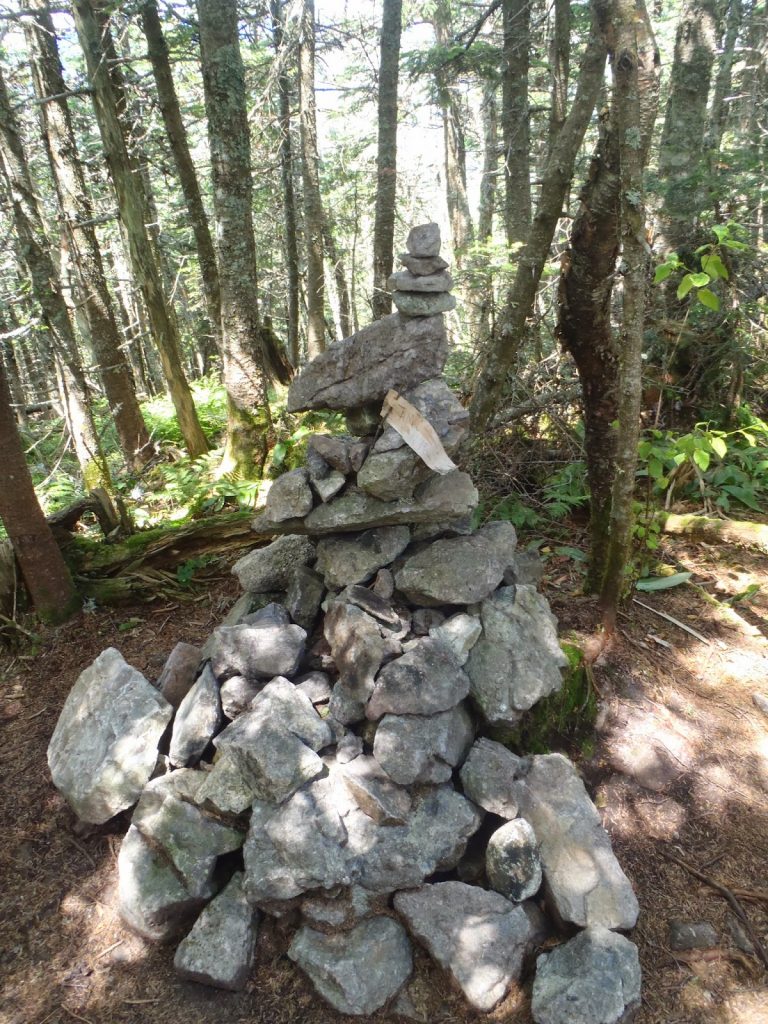 |
| The uninspiring summit |
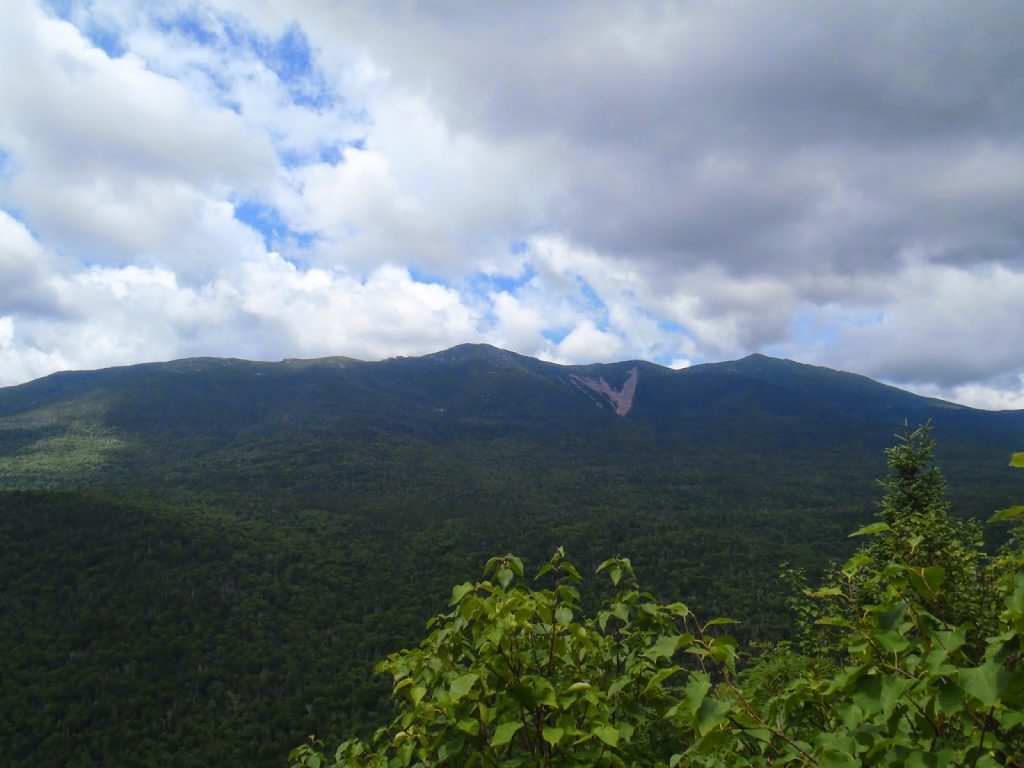 |
| View of Mt Lafayette from the slide |
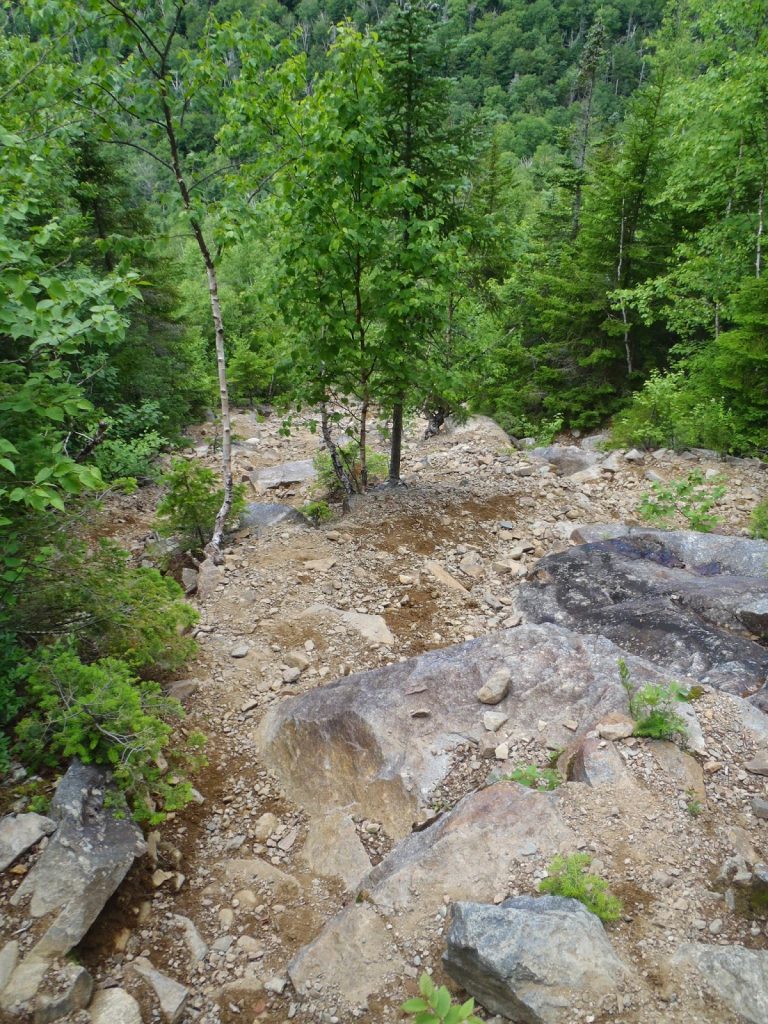 |
| Looking down the slide |
So that's Owl's Head, Joe's impressions. Hope it clears some misconceptions about the hike.
Read. Plan. Get Out There!













1 Comment